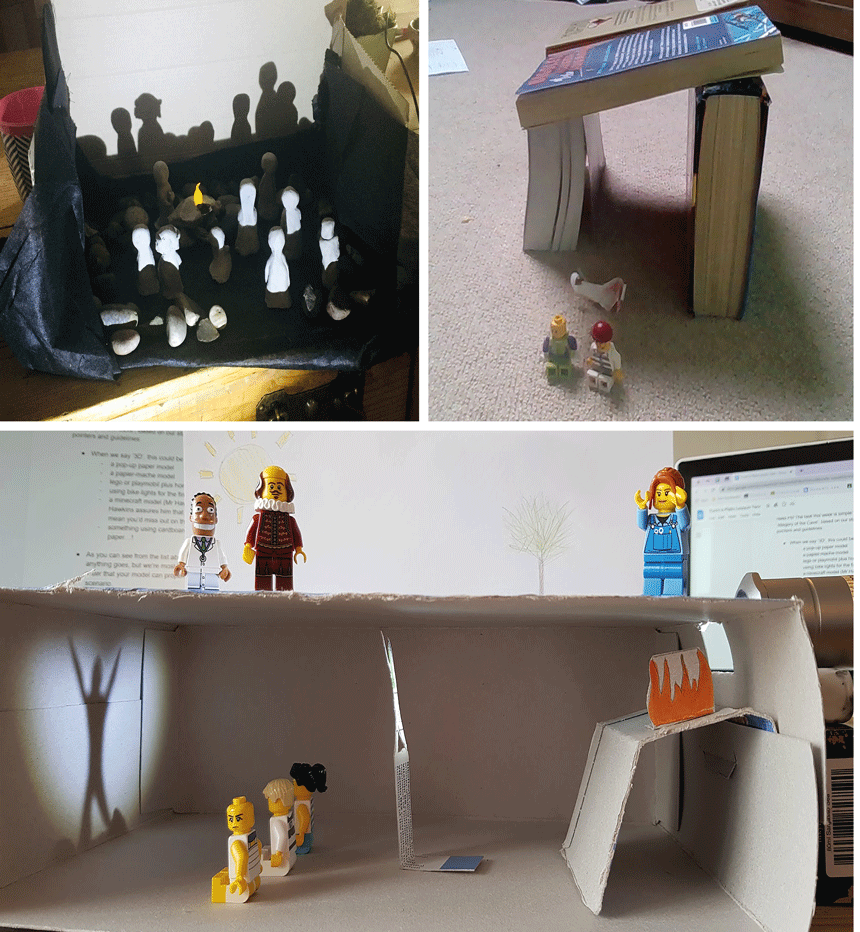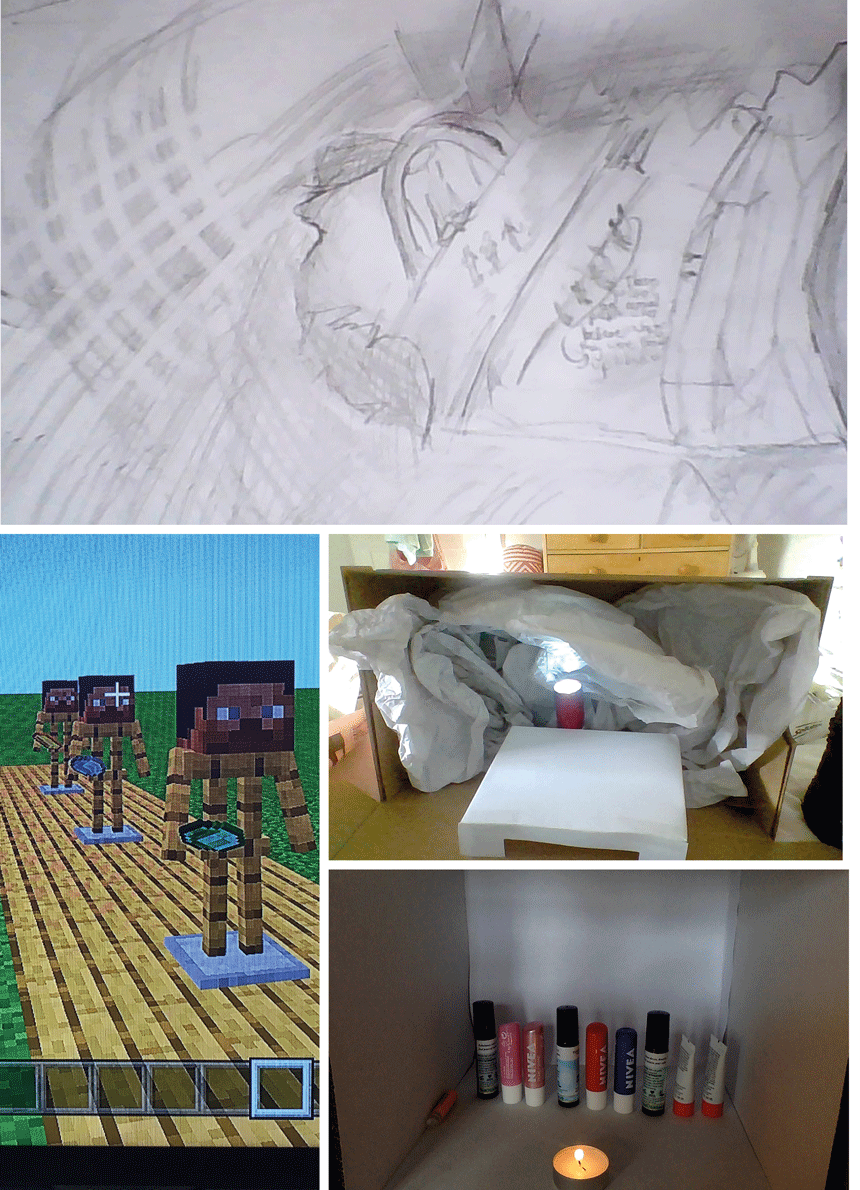Twenty four hundred years ago, Plato, one of history’s most famous thinkers, said life is like being chained up in a cave forced to watch shadows flitting across a stonewall. In Form 6’s Thursday Afternoon Philosophy sessions, they unscrambled the symbolism behind the philosopher’s words in his ‘Allegory of the Cave’, and created their own cave models.

Plato was from a wealthy family and was alive from 427BC to 354 BC. He was a student of Socrates, who was a great teacher and philosopher. Socrates didn't write any philosophical work himself, but he is a frequent character in Plato's works, which often take the form of 'dialogues' between Socrates and another character. In these dialogues, Plato discusses all kinds of philosophical ideas, including ethics (the nature of virtue), metaphysics (abstract ideas like being, knowing, and the nature of the mind), and political philosophy (censorship and the ideal state).

Form 6 discovered that the ‘Allegory of the Cave’ is one small episode that forms part of Plato's most famous major work, 'The Republic'. In this allegory, Plato asks questions that are still deeply relevant to each of us. What is reality? How accurate is our perception of the world around us? What is truth? The story begins with a group of prisoners who have lived chained to the wall of a dark cave their entire lives. Every day they watch shadows projected on a blank wall. For them, these shadows are real and shape their entire reality. One prisoner leaves and experiences sunshine and light for the first time. He can now see the ‘true’ forms, shapes and colours of the objects whose shadows he had previously thought to constitute the extent of reality. When this philosopher-escapee returns to the cave, however, those still chained there - non-philosophers, that is - are not too happy when he tries to shatter their illusions about the world!

Form 6 looked at the symbolism of the story as the people trapped in the cave are the majority of the people in the world, and the person who dares to leave the cave represents the small handful of people who dare to think and act in a different way from the crowd. The sunshine represents the true reality of life. One child remarked, '‘This was a really powerful way to help us develop the skill of thinking for ourselves and discovering our own unique solutions to problems.’